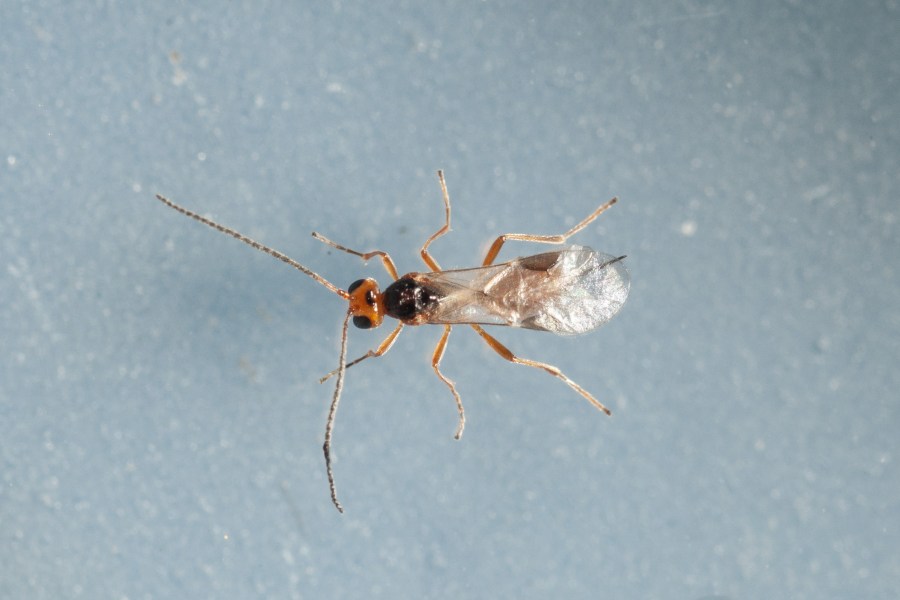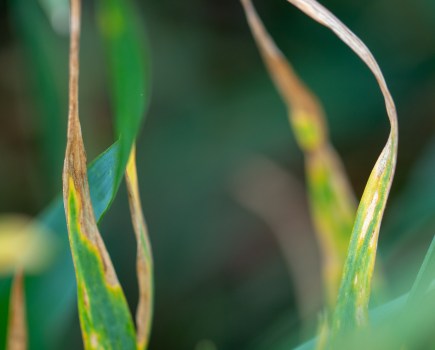It seems that one particular species of parasitoid wasp – Microctonus brassicae – has a penchant for adult cabbage stem flea beetle, with work now taking place to further understand its behaviour and how to harness its pest control potential in oilseed rape.
First discovered in 1996 during work at Rothamsted Research, it took around 12 years to formally describe the beneficial insect because parasitoid taxonomy is very difficult, explains Dr Sam Cook.
Then, while sourcing CSFB adults for a separate Rothamsted Research project, it became apparent that many of the samples submitted from UK farms were infested with M. brassicae – resulting in a PhD project led by insect ecologist, Dr Patricia Ortega-Ramos.
Spatial distribution
Patricia’s work has involved collecting samples of adult CSFB for the past six years, to understand the prevalence of M. brassicae and its level of parasitism. “The project centres around mapping the spatial distribution of this particular parasitoid wasp.
“Although work is still taking place to analyse the data, it’s fair to say that M. brassicae appears prevalent across the UK, although this varies depending on the year and environmental conditions,” says Patricia.
In fact, broadly speaking, it seems M. brassicae can offer up to 30% parasitism rates of adult CSFB, she suggests. “And of the samples submitted, there have been only a few which didn’t have any level of parasitism at all.”
Tillage impact
As well as submitting pest samples, farmers involved in the project have also provided insight into management practices such as tillage approaches. This should enable Patricia to identify any further trends related to M. brassicae populations, such as which actions may help to increase or decrease their prevalence. She’s also looking at the relationship between M. brassicae and pyrethroid resistance.
According to Sam, this is valuable work which addresses a significant knowledge gap and has since led to further research collaborations. “Patricia is also contributing her expertise to Rothamsted’s five-year Growing Health Project.
“This work aims to understand the trade-offs and co-benefits of delivering healthier agroecosystems. So in this case, Patricia is looking at the impact of plant diversification – inter-cropping, field margins and buffer strips – on the parasitoid effect.”
Rothamsted’s work has also identified parasitic wasp Tersilochus microgaster, which targets CSFB larvae. Although present in the UK, its on-farm impact is likely to be less than M. brassicae, explains Sam. “This is because larvae mortality post parasitism doesn’t occur until the pest has exited the OSR stem when damage has already occurred,” she concludes.
Sample contributions
Growers interested in supporting Patricia’s research are invited to send samples of adult CSFB to Rothamsted Research. For more information, e-mail patricia.ortega-ramos@rothamsted.ac.uk
To learn more about parasitoid wasps, read this article from April issue of CPM magazine.




